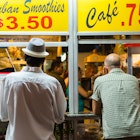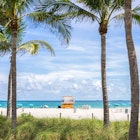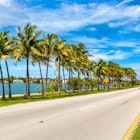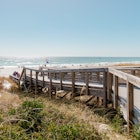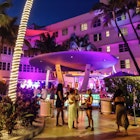In much of the world’s eyes, Miami and Miami Beach are one and the same, often used interchangeably in conversation. It’s a sentiment that was reinforced by LeBron James back in 2010, when he told the world he was ‘taking (his) talents to South Beach.’ After uttering that infamous line, Miami residents collectively rolled their eyes. The NBA superstar had just signed a contract with the Miami Heat – not the Miami Beach Heat.
Miami and Miami Beach are their own municipalities, with separate mayors and governing bodies. But that’s only where the differences begin. Locals draw a strong line in the proverbial sand when it comes to the topic, and the idea of venturing ‘across the causeway’ has squashed many a relationship in its early stages. Even though a scant 10 miles separates one city from the other, culturally and ideologically it can feel like quite a bit more. From the culture to the cuisine, any local will tell you the same: Miami and Miami Beach are two very distinct sides of the same coin.
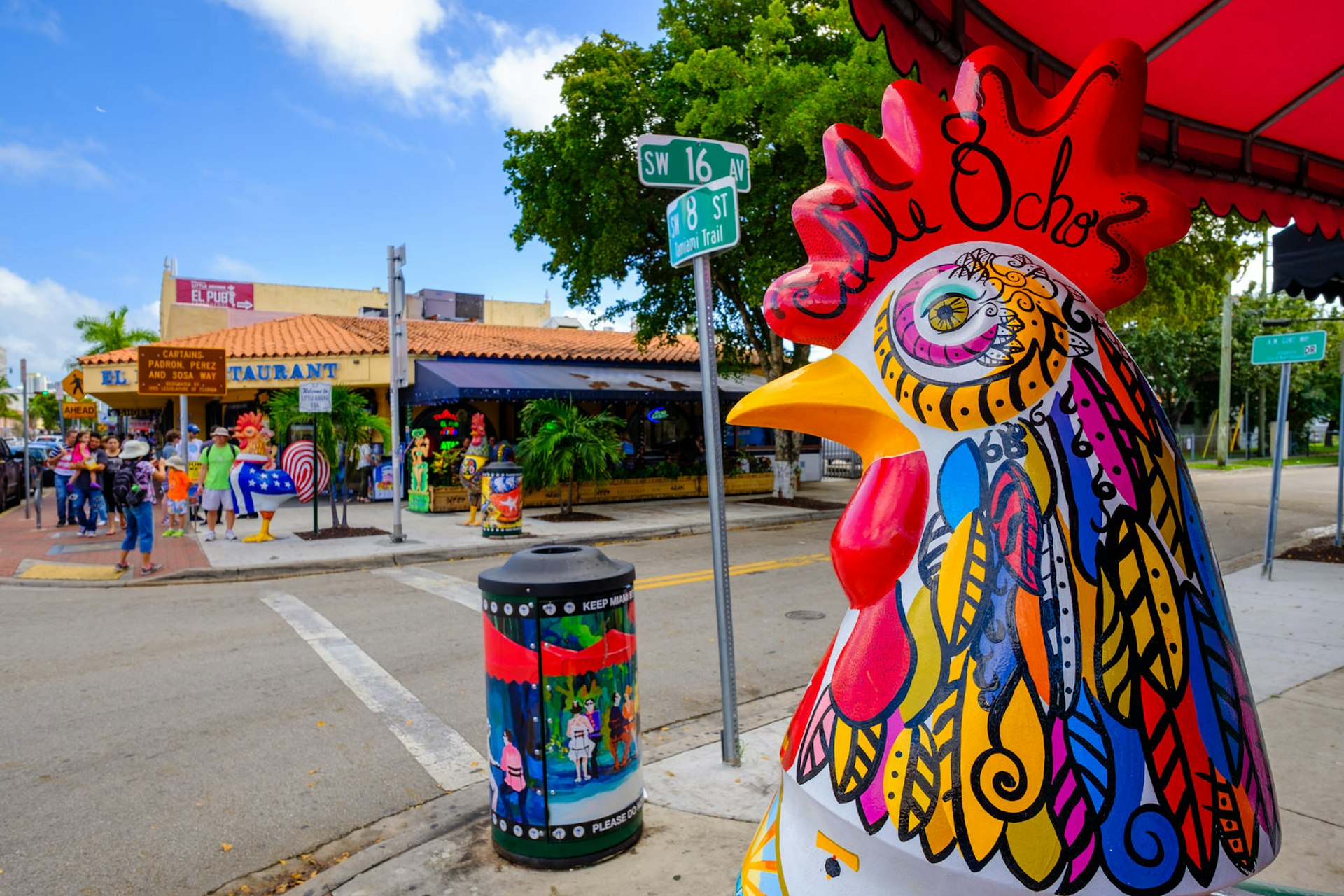
Two celebrations of culture
Miami retains a gritty, raw and decidedly more urban feel than its counterpart across the causeway. Wynwood and the up-and-coming Little River and Little Haiti neighborhoods are gentrified hotbeds where industrial spaces have captured the imagination of street artists, enterprising restaurateurs and hawk-eyed developers. Miami is also home to a large and vibrant Latin and Hispanic community, with Little Havana shining as a vibrant beacon for visitors looking to immerse themselves in the sights, sounds and tastes of the culture.
For those looking to explore the area’s rich historical roots, Miami is where it’s at. Beginning with the Miami Circle – a nationally significant archeological site with artifacts dating back to prehistoric times – visitors can explore much of the city’s early history, including a memorial within Bayfront Park dedicated to the ‘Mother of Miami’ and the only woman to found a major city: Julia Tuttle. A bit further west, the enchanting Vizcaya Museum and Gardens villa charms history buffs and amateurs alike with early 20th century business tycoon James Deering’s grand Italianate stylings by the bay. The Freedom Tower in Downtown Miami, captures a more recent chapter in the city’s tale. What began as the headquarters for The Miami News in 1925, became the U.S. government’s reception center for Cuban refugees in 1962. It now stands as a contemporary art museum and is designated a National Historic Landmark.
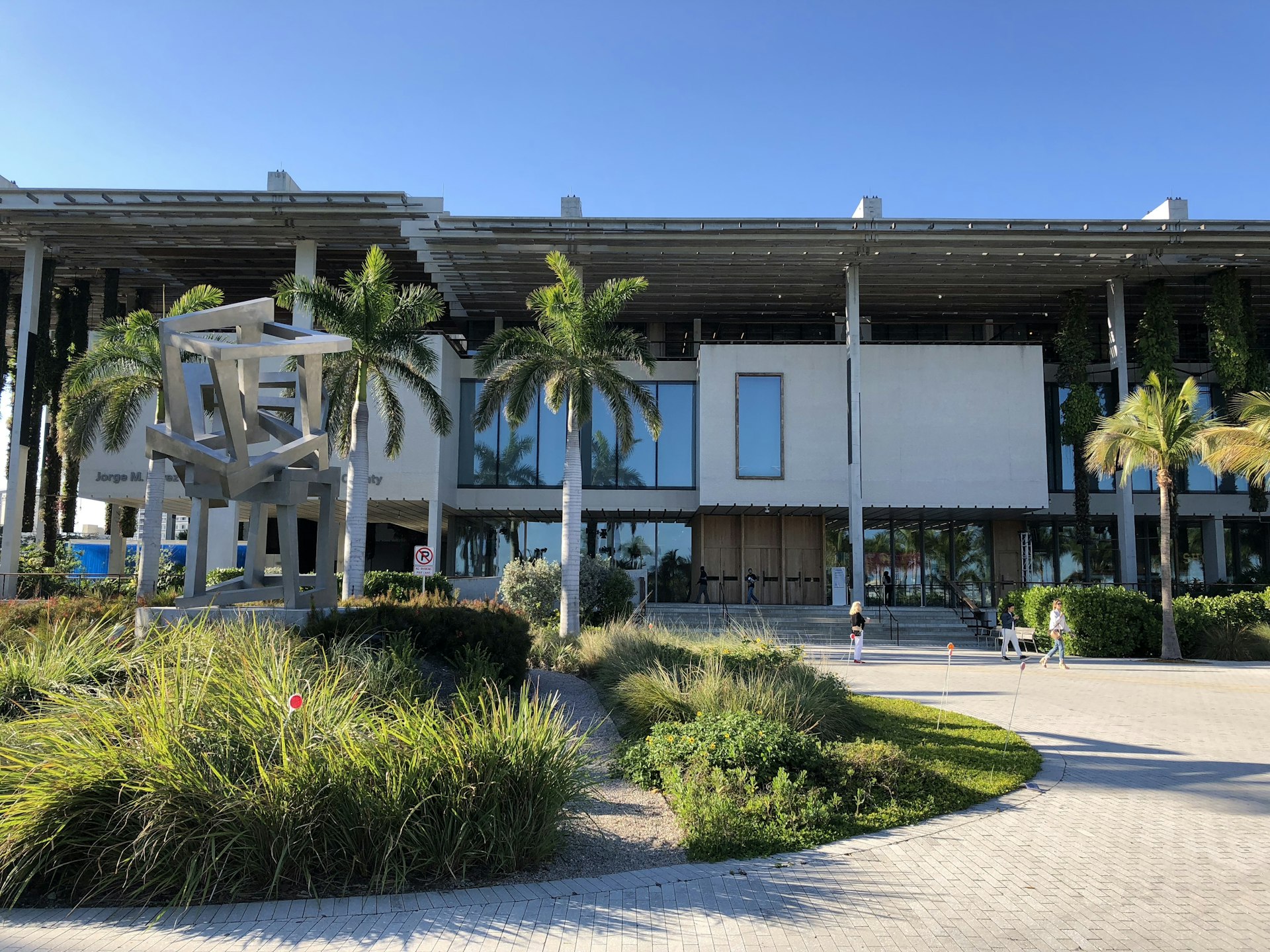
Speaking of museums, much of the city’s storied past is captured in Downtown Miami’s HistoryMiami, where visitors can immerse themselves in different objects from Miami’s yesteryear including a Seminole dugout canoe and the Miami Heat logo from the Miami Arena. The city also plays host to a burgeoning cultural scene, with the Perez Art Museum Miami, the Phillip and Patricia Frost Museum of Science and the Adrienne Arsht Center for the Performing Arts all within walking distance.
Across the causeway, there’s a decidedly different vibe and energy. The breezy glitz of Miami Beach began when it incorporated in 1915. That’s when a group led by John S. Collins and Carl Fisher cleared the naturally-occurring mangroves to create a money-making waterfront escape for the wealthy. Art Deco behemoths like The Raleigh, Delano and National hotels lured celebrities and monied types through their doors in the 1930s and 40s, promising a glamorous, sun-drenched escape by the sea. You can get a taste of some of the old-school grandeur during a 90-minute Art Deco tour led by the Miami Design Preservation League.
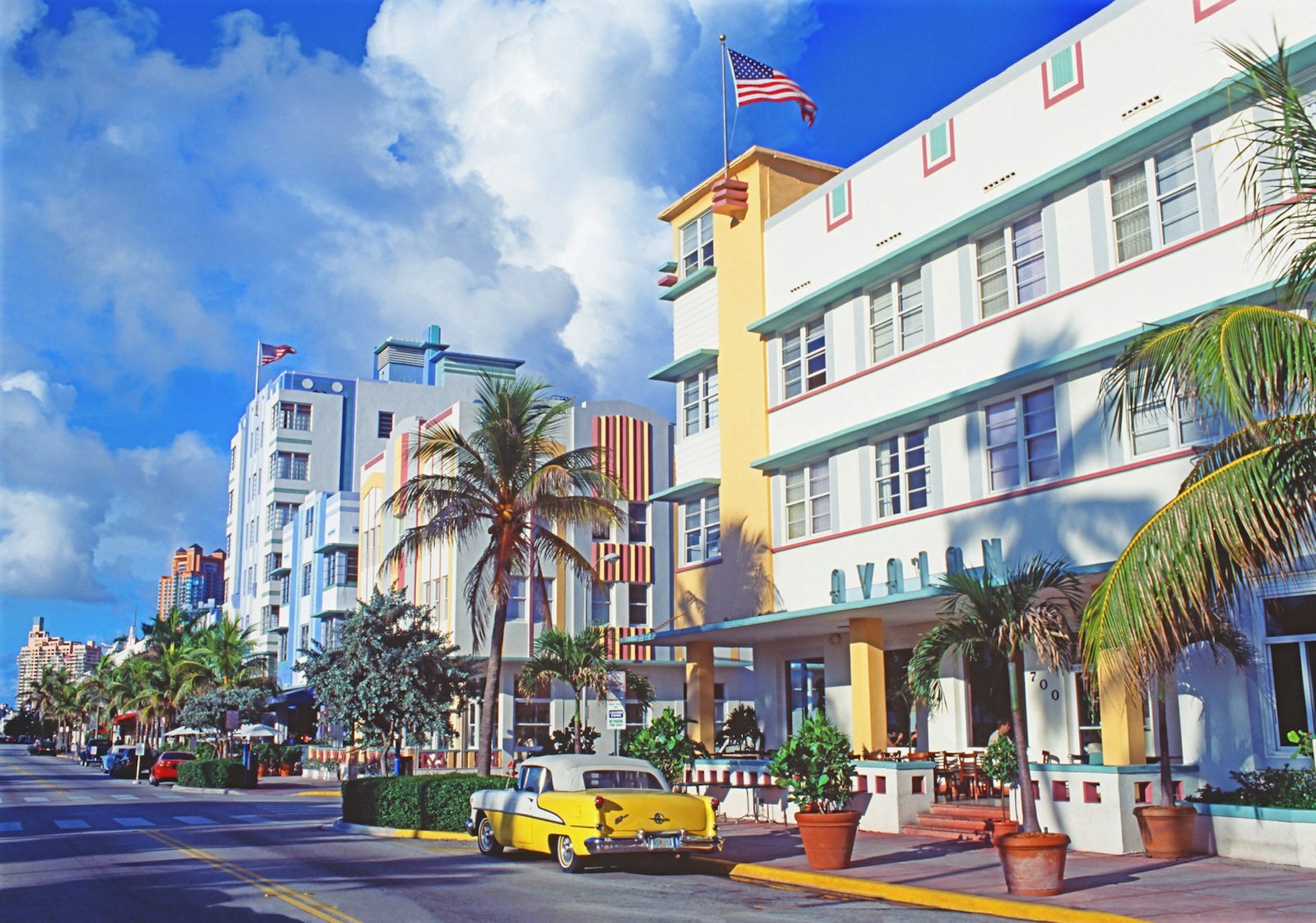
In 1949, when the Florida Legislature ended the discriminatory laws barring those of Jewish faith from owning real estate, Miami Beach became the place to go for Jewish winter vacations and retirement, earning itself the nickname: ‘Shtetl by the Sea.’ At its height, Miami Beach counted more than 60,000 people in Jewish households around the city, and this population made an indelible impact on the area. The iconic Eden Roc and Fontainebleau hotels, where members of the Rat Pack performed and partied, were designed by Jewish architect Morris Lapidus. The intricate tales of Miami Beach’s Jewish history is told at the Jewish Museum of South Florida—FIU, which is housed in two historic synagogues in the SoFi neighborhood. Venture a bit further north, and the Holocaust Memorial tells the story of the six million Jews who lost their lives at the hands of the Nazis.
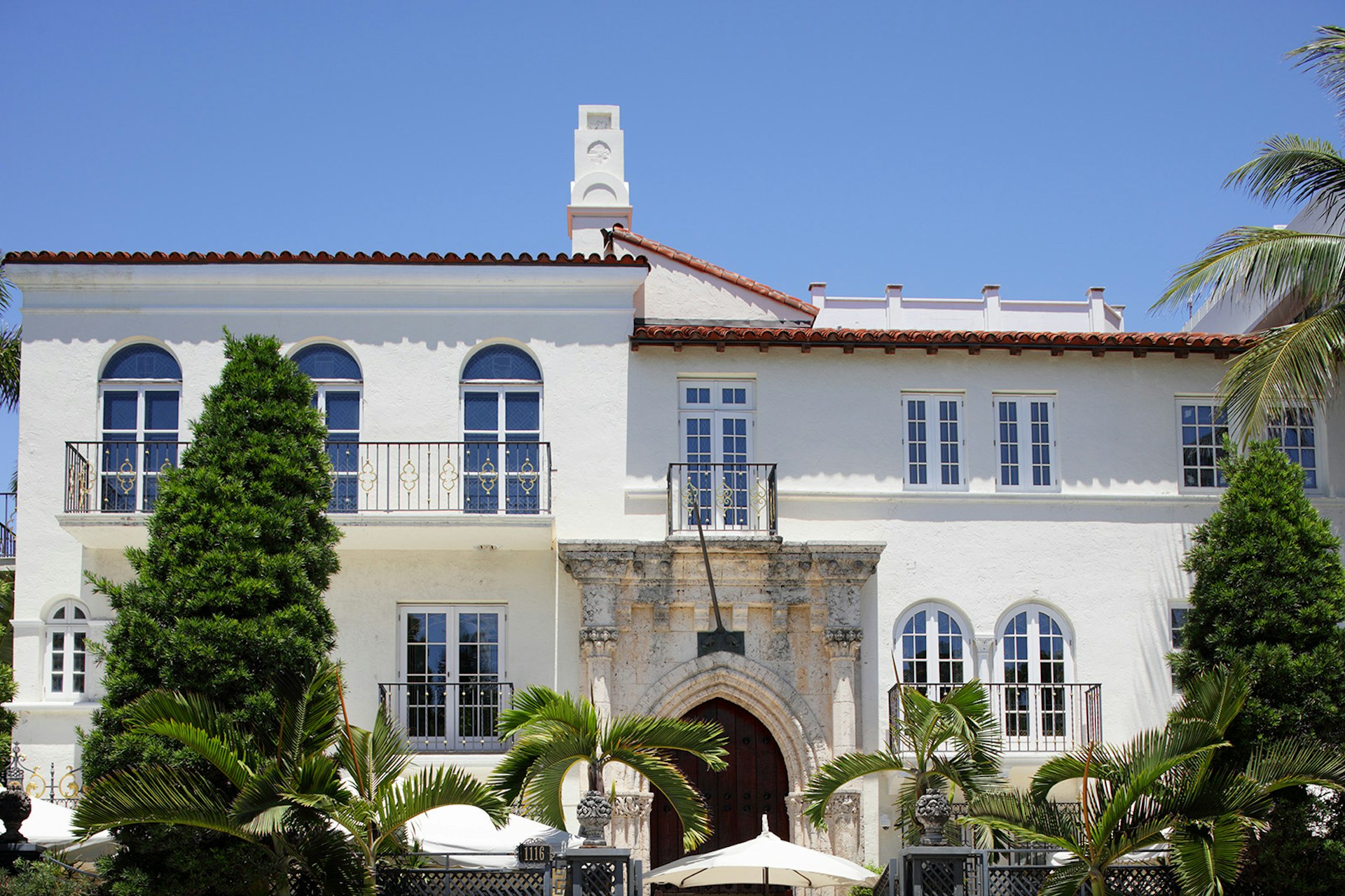
The city faced difficult times in the 70s and 80s, with the rise of the drug war and its associated violence, but the arrival of Gianni Versace and his mansion on Ocean Drive quickly changed the tide again, bringing Miami Beach back to its glamorous glory. Today, high-end hotels and condos populate the shoreline, like Argentine developer Alan Faena’s new stunning arts and entertainment complex in mid-beach called The Faena District.
Two creative cuisines
While you’ll find a diverse range of fare on both sides of the causeway, Miami reigns supreme when it comes to Latin eats. Visitors can nosh their way through Latin American and the Caribbean, starting with Cuban coffee and croquetas at Vicky Bakery, Salvadoran pupusas at Mi Ranchito Salvadoreño, Colombia’s bandeja de paisa at San Pocho and ending with Haitian griot at Chef Creole.
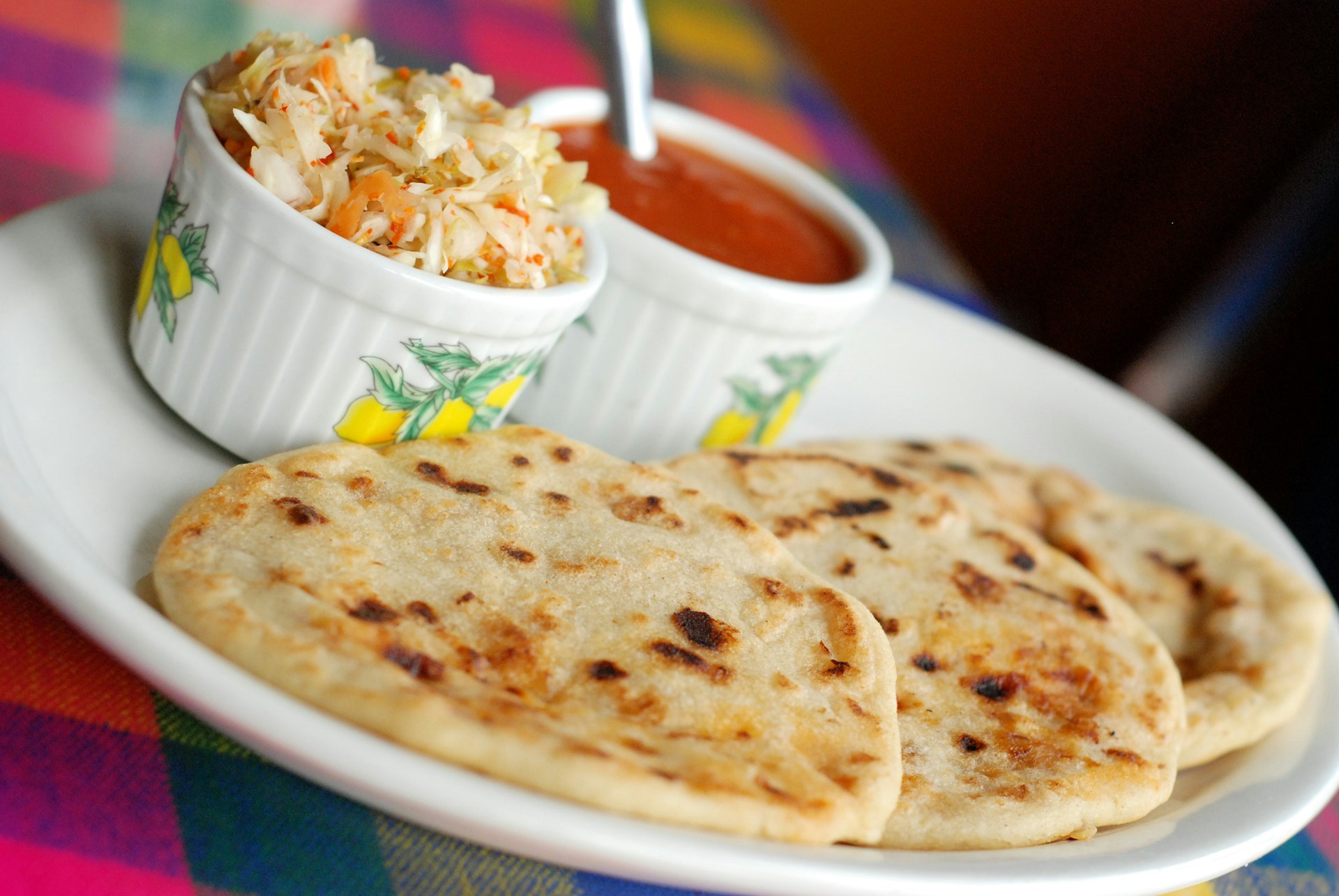
Along the Miami River (and beyond), you’ll also find a strong representation of local-catch restaurants, including Garcia’s Seafood Grille & Fish Market, Casablanca Seafood Bar & Grill and La Camaronera Seafood Joint & Fish Market.
The food scene on Miami Beach leans toward trendier, celebrity-chef driven fare that expertly pulls out all the stops. From the molecular gastronomy-influenced inventions at Jose Andres’ The Bazaar and Jean-Georges Vongerichten’s Spanish plates at the Matador Room, to ‘Top Chef’-manned eateries like Jeremy Ford’s Stubborn Seed and Jeff McInnis’ Stiltsville Fish Bar, there’s plenty of see-and-be-seen opportunities to accompany your masterpiece of a meal.
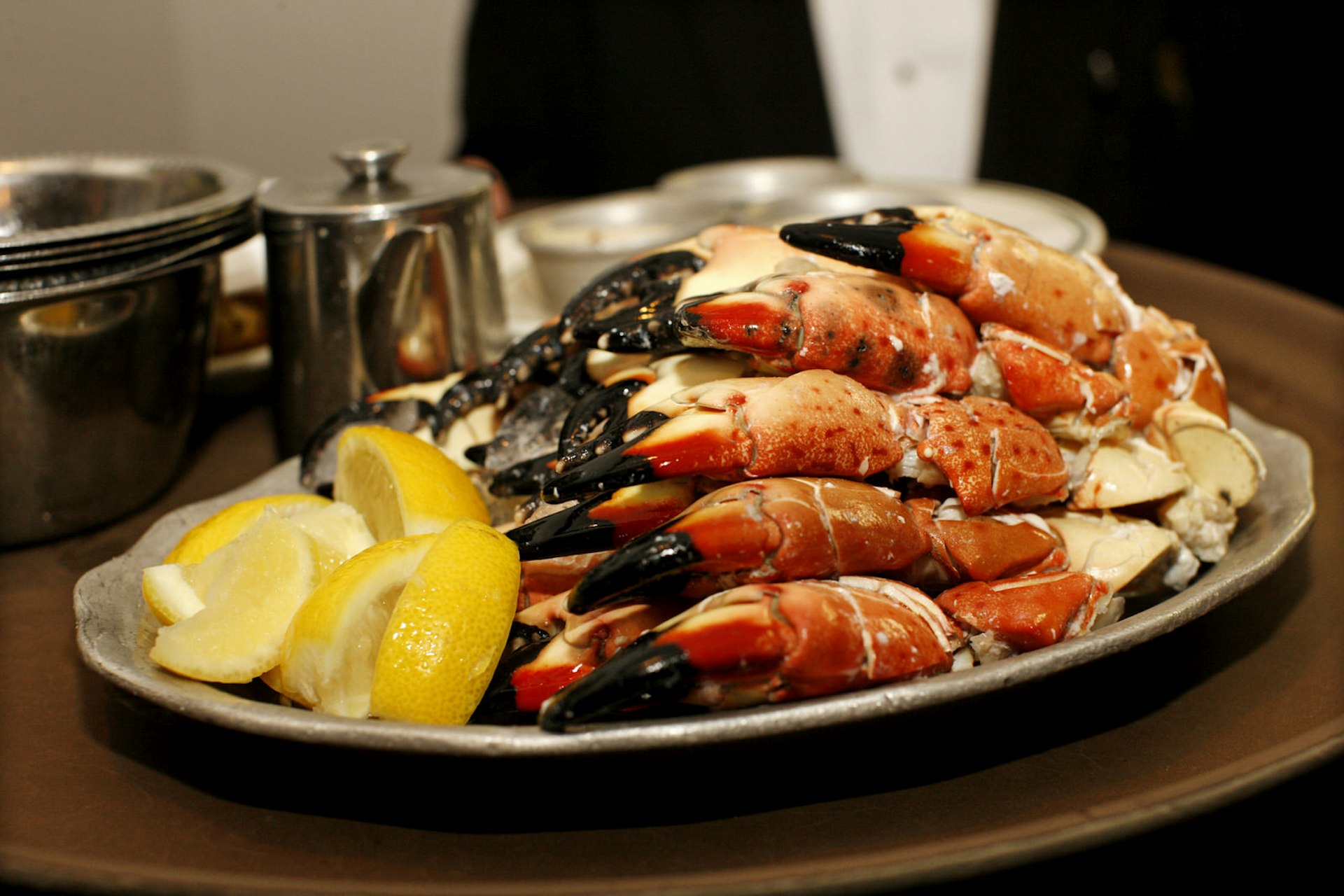
But if you want a quick ticket back to Miami Beach’s mid-century glamour, there’s no better way than with a visit to the oldest restaurant in the city: Joe’s Stone Crab. Here waiters in black tie serve ice-packed plates brimming with fresh stone crab and an addictive mustard sauce for dipping.
Two notorious nightlifes
When it comes to late night sojourns, the cities tend to find a bit more common ground. Both have prominent nightclub scenes, with plenty of celebrity sightings to boot. Miami’s scene tends to go into overtime, with Club Space and E11even’s 24-hour open door policy. The mainland also has a stronghold on Latin music venues, with infectious rhythms pouring out of Little Havana’s Hoy Como Ayer and Ball & Chain late into the night.
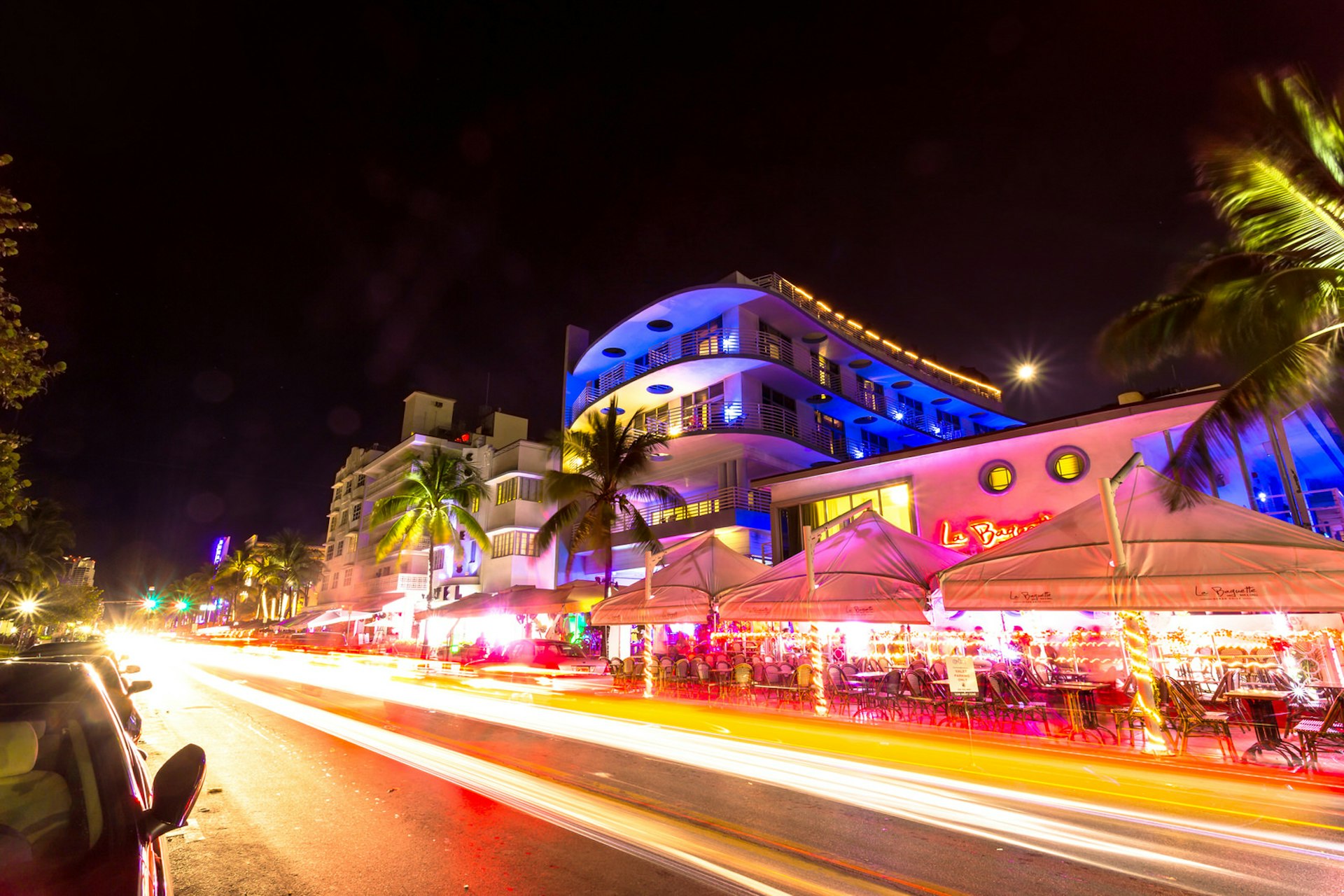
Those in search of edgy cocktails will have slightly better luck over on the beach. Sweet Liberty, voted the Best New American Cocktail Bar at Tales of the Cocktail, doles out some seriously delicious quaffs as does Esquire’s Best Bar in America, the Broken Shaker. As does The Regent Cocktail, where Cuban cantinero Julio Cabrera holds court.
One thing’s for certain – no matter what side of the causeway you're looking to raise a toast in, you’re in for a good time.
https://shop.lonelyplanet.com/products/pocket-miami-1?via=Z2lkOi8vbG9uZWx5LXBsYW5ldC9Xb3JrYXJlYTo6Q2F0YWxvZzo6Q2F0ZWdvcnkvNTllZTQ5YmRmOTJlYTE0MTg2MDU4Njg0





